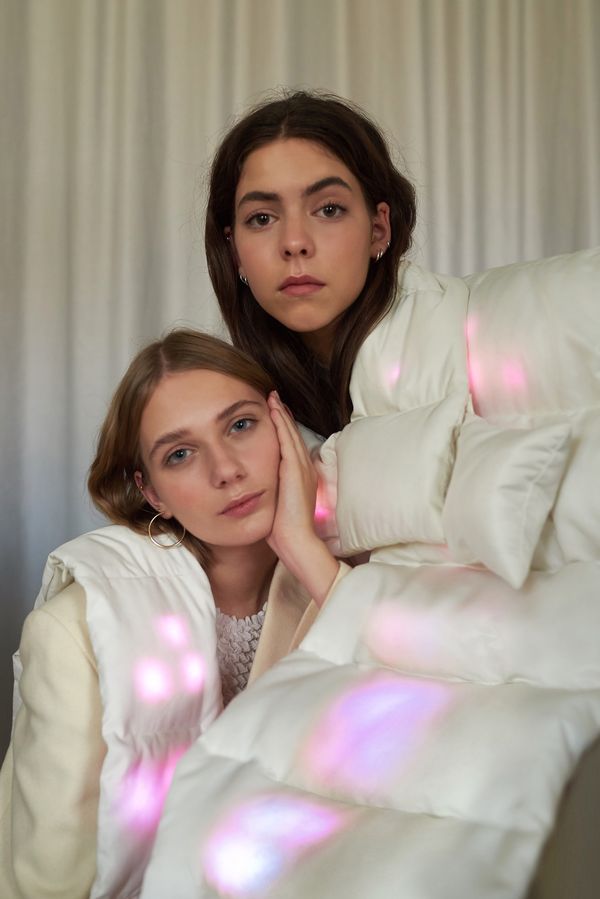Droppe Honey is the story of a dream come true, in a clean and tasteful manner. Péter Schumayer spent the majority of his childhood in the garden of her grandmother who kept bees, and after two decades of working in trade, he launched his own brand. How does honey end up in a bottle looking like a face cream container, and what is beyond acacia and linden honey? Honey, like you’ve never seen before. Interview!
The flavor of the honey tasted at your grandmother’s table was such a powerful experience for you that at the age of 45, you turned back to your roots and created Droppe Honey. What led you to establish the brand three years ago?
The short version of what happened is that I couldn’t forget the dominant flavor of my childhood even as an adult – on the contrary, my desire to make others experience the taste that defined my entire life was stronger than ever before.
The little bit longer version is that I spent more than 20 years on various fields of commerce, and after a while I knew I wanted to represent my own, natural and healthy food product. Droppe Honey is a raw honey, which means that the honey is unprocessed, and arrives to your table straight from the hive. As it isn’t heat-treated, heated, and it’s non-pasteurized, all natural vitamins and dietary minerals are kept in, resulting in extraordinary nutritional values and beneficial impacts. The types of honey available in retail sale on the other hand are most of the time heat-treated, which might make them more liquid, but their nutritional values are lower. The unfiltered, untreated, pure and raw honey tends to crystallize more easily, but its nutritional values are high. This makes it practically a superfood: it contains minerals and vitamins naturally, and it is also rich in antioxidants, so by eating it, you do a lot for preventing your health.
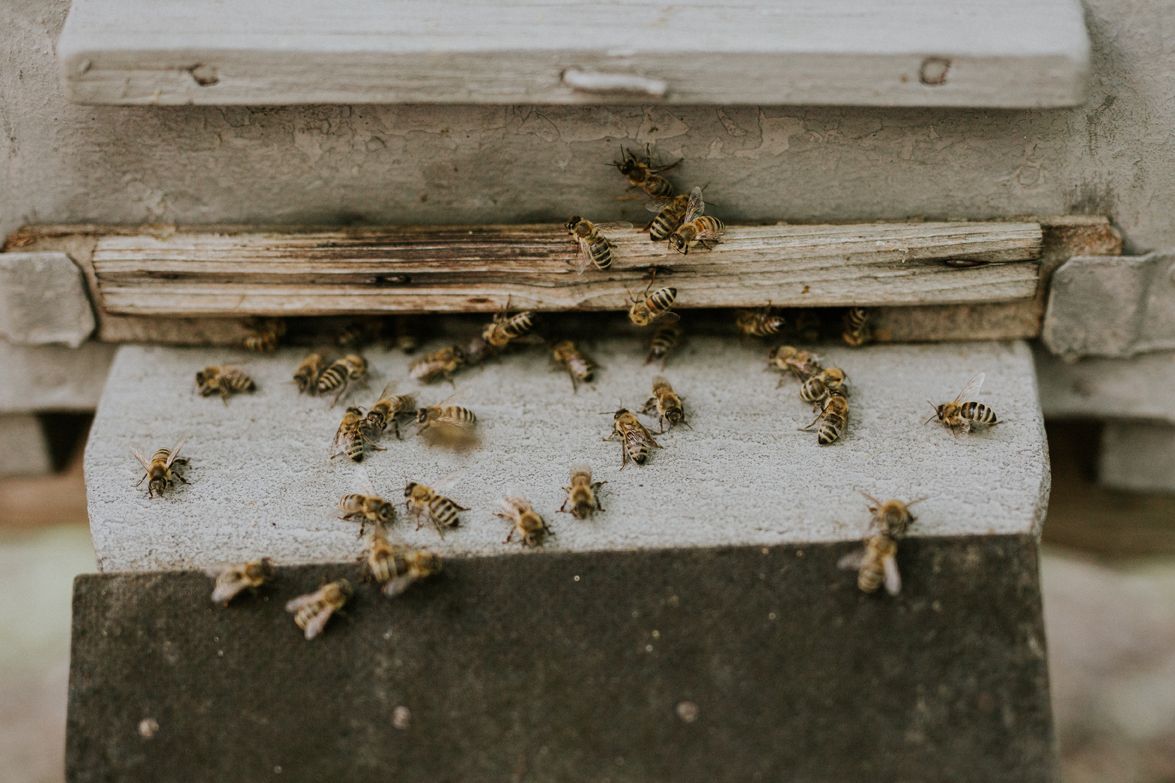
You don’t work with the bees yourself: instead, you cooperate with reliable Hungarian beekeepers. The honey coming from their controlled farms end up in the special recycled bottles of Droppe Honey. Do you work with several beekeepers? How did you find them?
Owing to a lucky coincidence, I was able to meet one of the dominant players of the Hungarian honey sector. He helped me find the right beekeepers, living and working all across the country.

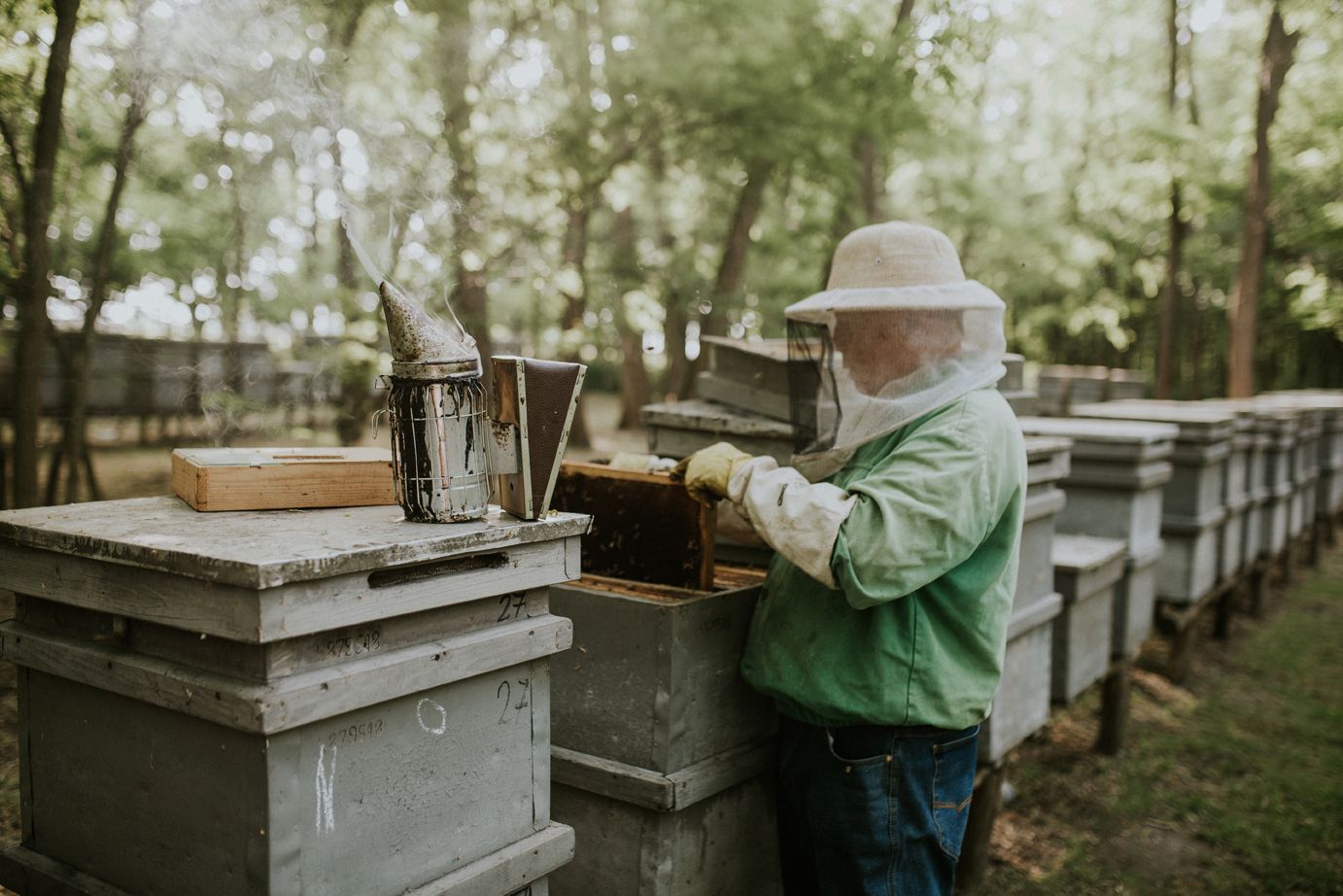
How should we picture the headquarters of Droppe Honey and the work processes taking place there? Do the beekeepers bring the honey to you, the plant at Diósd, and do you bottle it? I guess this is not at all as simple as it sounds.
The office of the company is in Diósd, but the honey is bottled in the western part of the country, in a processing plant meeting international standards. Pouring the aromatic honey into bottles is an automated process, but I still stand there and supervise it in the case of every bottle.
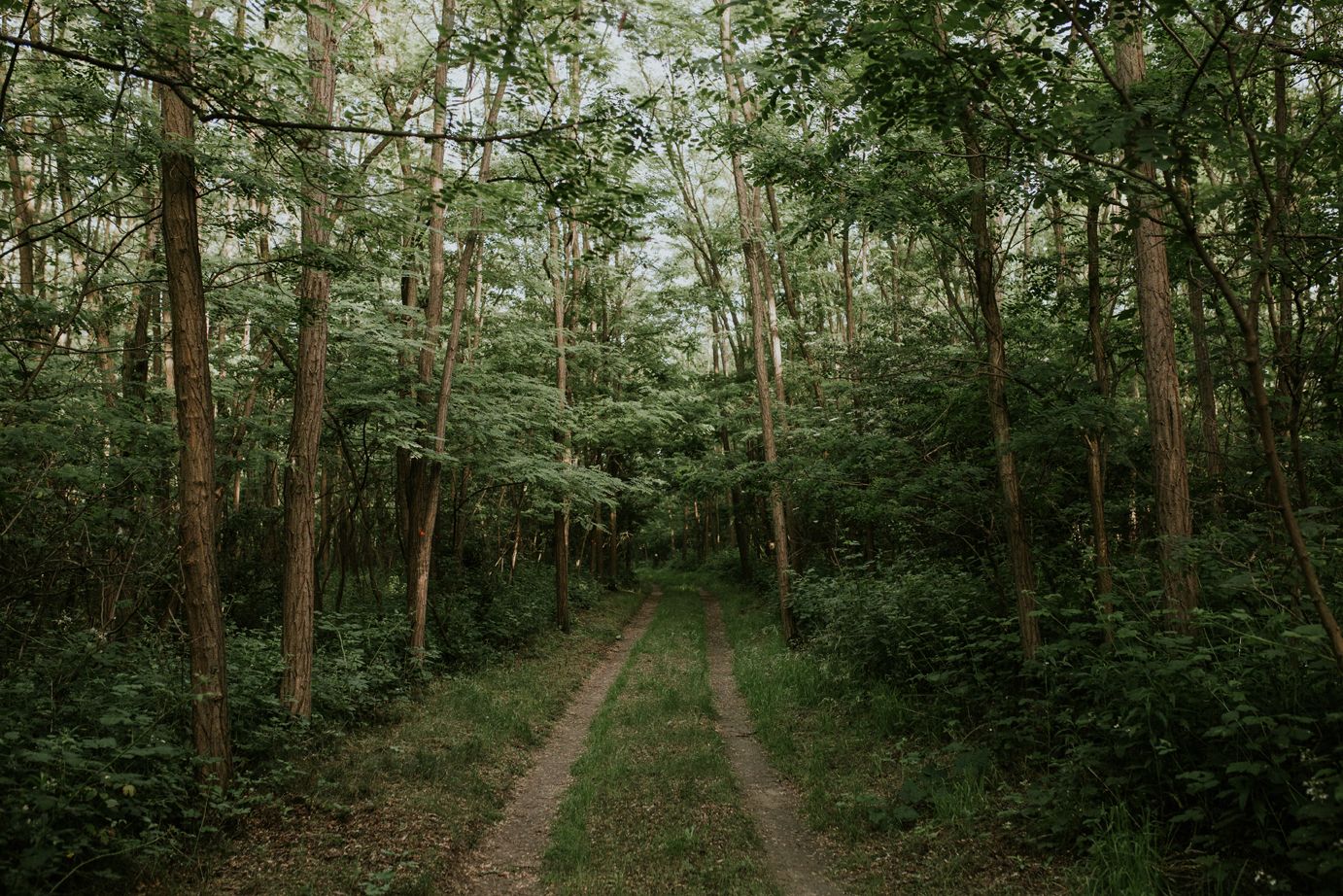
Back to the bottles: Droppe Honey is available in a container much smaller than the usual transparent ones. At the first sight, we wouldn’t think that such a dark little container hides honey. For me, it resembles the Helia-D face creams: the colors and shapes are quite similar. Why did the honeys receive this unconventional packaging? Is it important for the honey to be stored in UV bottle containers?
Black glass has UV filtering properties, which is just as good for the honey as for the olive oils, or a premium face cream. This kind of container protects the essence of the material in it, in this case, the nutritional values of the honey, from the harmful effects of the sun. I also wanted to place the honey on the market in a packaging I too would be willing to put on the dining table or the kitchen counter gladly, because it looks good, but which I would also give to my friends living abroad as gifts happily. The bottle is gorgeous by itself, so we would like to encourage everyone to use it also after the honey is used up: fill it with herbs, oil or use it as a vase.
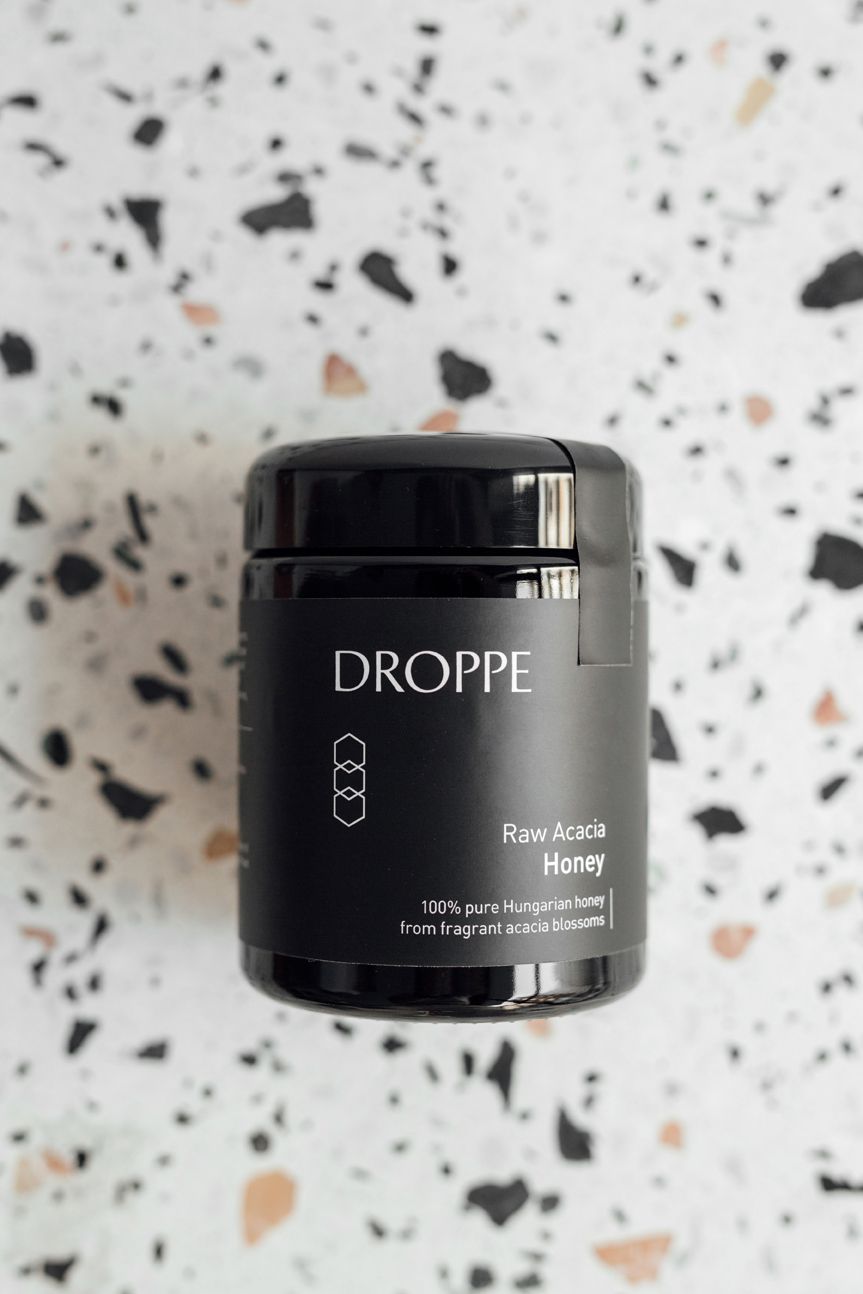
Not only the shape of the bottle, but the brand’s image is also extraordinary: unified and clean, with only a single element alternating on the label depending on the type of the honey. The visual identity was designed by Judit Besze. How did you find each other? What was it like to work with Judit? Did you have specific ideas about the graphic design?
I know Judit from my group of friends, I love her works, perspective and enthusiasm very much. Working together went quite smoothly. We wanted to create a fresh, modern design resembling nature itself, the forest and the bees: clean, candid, stripped down, no adornments. I could also say that the visual identity itself turned out to be quite “raw”, of course in a good sense, and thus it matches our raw honey perfectly.
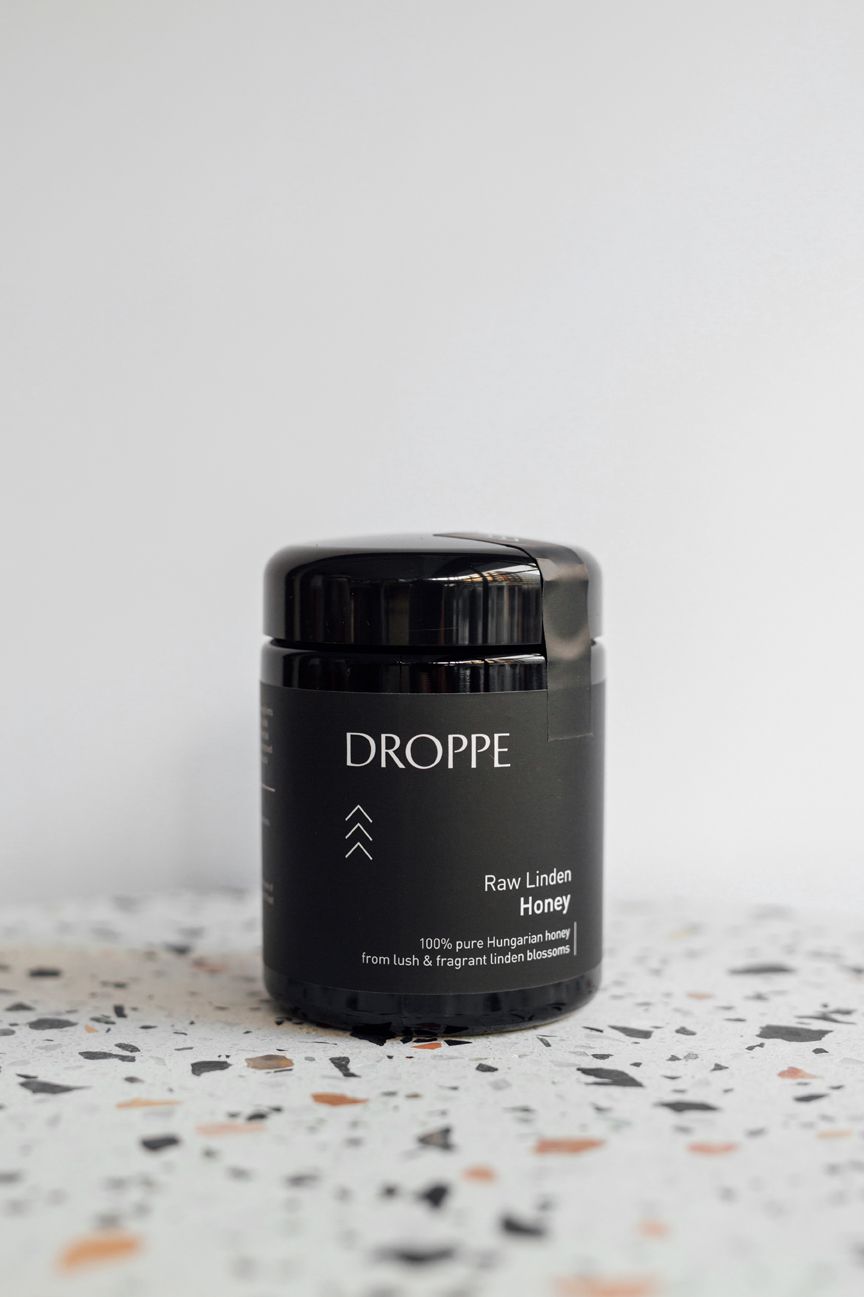
Acacia, linden, milkweed: Droppe Honey’s repertoire offers these types of honey at the moment. What should we know about these types? Do you plan to expand your selection in the future?
Acacia honey is the most well-known Hungarian honey type, for good reason: there is approximately 463,000 ha of acacia forest in our country, giving nearly one third of the total forests in Hungary. The special climate and the excellent soil also contribute to the bees making pure acacia honey rich in pollen in every May, in such an exceptional quality that earns Hungarian honey a good reputation all over the world.
In June, linden gets the lead role: this is when the bees collect the fragrant, “spicy” linden honey. It has a characteristic fresh-woody smell, you can eat it as a spread on toast, in muesli, with yogurt or in itself, even to relieve cough.
The milkweed honey is a quite sweet type of honey with almost vanilla-like traits, which remains liquid for a very long time, and only starts crystallizing later. The milkweed honey is practically free of pollens. It’s almost unknown on an international level, as milkweed mainly grows in Hungary within Europe: it’s a red plant growing to approx. 1 meter height, with spherical flowers.
We definitely plan to expand our selection, for example, we are thinking about introducing chestnut honey.
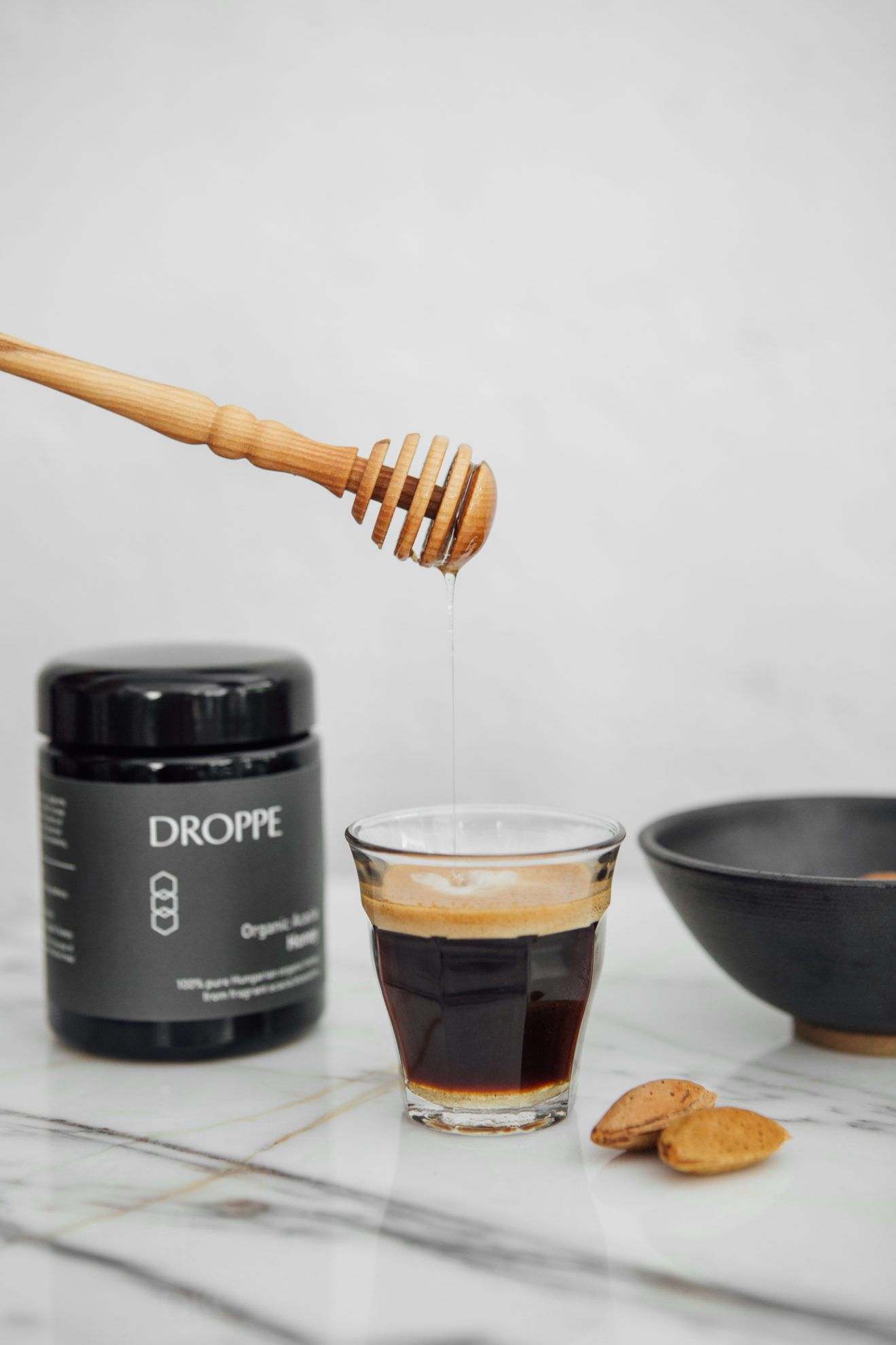
Where can we purchase the Droppe Honey products currently?
In Culinaris, Plante. and Csendes Store in Budapest, as well as in the online store of Droppe Honey.
Photos: Fanni Jágity Photography

Ólafur Elíasson x Acute Art | Wunderkammer AR project

The symmetry of industrial spaces
